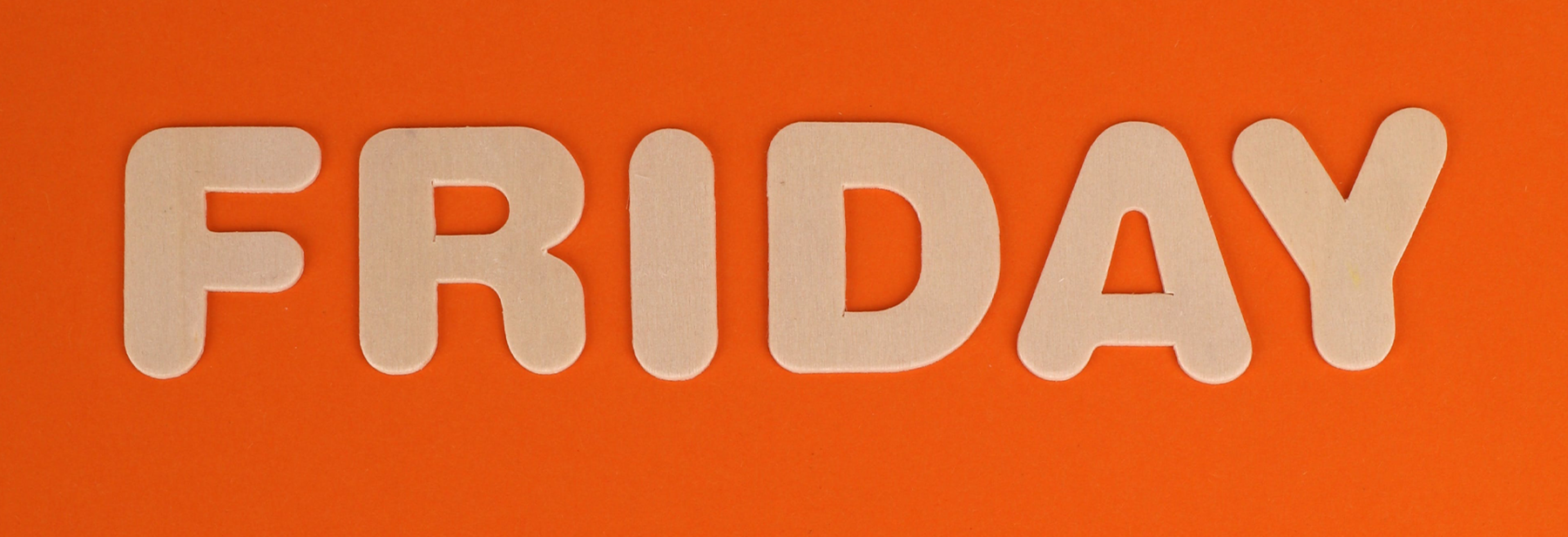
ServiceFriday: Authenticity Makes a Difference
Service providers are regularly told to observe customer’s body language and reactions to a service being offered. What are their facial expressions conveying? Do they seem to be closed off? Are they enjoying the experience or just pretending to? With so much focus on the customer, consideration of the service provider’s own demeanor tends to be ignored. “Service with a smile” is a commonly repeated phrase in the service industry, but a manager forcing an employee to smile on the job may not have the positive effect desired.
Nonverbal behaviors occur consistently throughout interactions between people. These may include actions such as smiling, posture, gaze, etc., and are “then perceived and interpreted by the other interaction partner.” For example, one interaction partner might cross their arms, conveying the impression to the other partner that they are resistant to the conversation. Extensive research has been conducted to determine how to read consumer nonverbal behavior, but less has been done to examine the influence of nonverbal cues displayed by service providers. In an article published in the Journal of Retailing and Consumer Services, the effects of nonverbal communication during service encounters, particularly smiling, were studied from the viewpoint of customers.
Nonverbal behaviors can reveal an individual’s “emotional state, personality, or behavioral intentions,” and customers interpret these just as much as service providers do. When interacting with a service provider, customers want to feel as if their voice is being heard; that they have the provider’s full and undivided attention. Studies have shown that the perceived emotional state of a service provider can be a “main determinant of overall customer satisfaction.” When a customer feels a provider’s emotional state is not in line with their own (particularly if a provider is perceived to be angry or frustrated), this may deter the customer from returning for service.
Smiling is a major indication of an individual’s emotional state, and according to research, there are two specific types of smile: Duchenne smiles and non-Duchenne smiles. “The Duchenne smile, also known as a genuine, felt, or enjoyment smile, is often said to be a spontaneous reflection of experienced emotion…characterized by activation of the orbicularis oculi (cheek raiser) muscle that makes crow’s feet at the outer corner of the eyes coupled with activation of the zygomatic major muscle that extends the mouth into a smile.” The non-Duchenne smile however, or “non-enjoyment, false, or fake smile, lacks the aforementioned eye muscle movement, but still provides the muscle movement that extends the mouth into a smile.”
A person tends to display an inauthentic smile when they are “masking negative feelings such as discomfort, dislike, embarrassment, or anxiety,” or when they must follow a role such as a boss telling them to improve their customer service. However, customers are able to perceive this inauthenticity, so in the service industry, it is important to leave one’s negative emotions at the door before interacting with customers.
To read the full article go to the Journal of Retailing and Consumer Services at this link. (A fee may apply.)